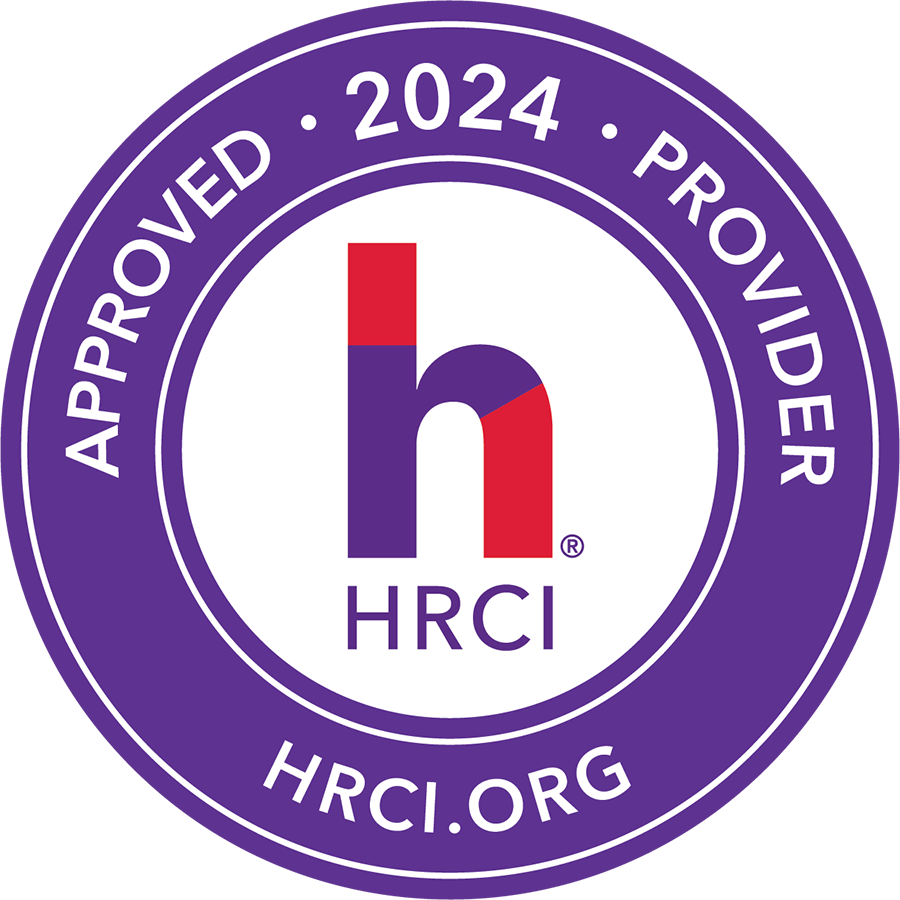Basics of Workforce Planning
William J. Rothwell, Ph.D., DBA, SPHR, SHRM-SCP, RODC, CPTD Fellow is President of Rothwell & Associates, Inc., Rothwell & Associates, LLC, and Rothwell & Associates Korea. He has nearly 20 years of work experience as a Training Director and HR professional in government and a multinational company. business. He also worked as a consultant for over 50 multinational corporations--including Motorola China, General Motors, Ford, and many others. More recently, he co-founded three small businesses—a personal care home for the elderly (employing 27 people), a motel (employing 9 people), and a vacation home business (employing 3 people). He is a Distinguished Professor in the Workforce Education and Development program, Department of Learning and Performance Systems, at The Pennsylvania State University, University Park campus, and (in that capacity) leads an online program in Organization Development and Change and works in an onsite Ph.D. program on Talent/Organization Development.
His recent books since 2020 include: Succession planning simulation: A table top case study and role play at the Electric Company (2024, in press); The succession planning handbook (2024, in press); The inclusive, empathetic, and relational supervisor: Managing diverse employees through interpersonal relationships (2024, in press); Beyond symbolic diversity, equity, and inclusion: Toward sustainable social impact and social change (2024, in press); Revolutionizing the online learning journey: 1,500 ways to increase engagement (2024, in press); Winning the talent wars through neurodiversity: Getting the greatest value from a traditionally overlooked resource (2024, in press); Building an organizational coaching culture: Creating effective environment for growth & success in organizations (2024, in press); Sales: Do you know yourself? The salesperson’s guide to excellence: Proven strategies for achieving top results (2024, in press); Accelerated action learning: Using a hands-on talent development strategy to solve problems, innovate solutions, and develop people (2024, in press); Experiencing OD practice through case stories and role-plays-Instructor guide (2024, in press); Mastering the art of process consultation and virtual group coaching simulation (2023); Successful supervisory leadership (2023); Transformational coaching (2023); Effective succession planning (2023); Succession planning for small and family businesses (2022); High-performance coaching for managers (2022); Rethinking diversity, equity, and inclusion (2022); Organization development (OD) interventions: Executing effective organizational change (2021); Virtual coaching to improve group relationships (2021); The essential HR guide for small business and start ups (2020); Increasing learning and development’s impact through accreditation (2020); Adult learning basics, 2nd ed. (2020); and, Workforce development: Guidelines for community college professionals, 2nd ed. (2020). He can be reached by email at wjr9@psu.edu and by phone at 814-863-2581. He is at 310B Keller Building, University Park, PA 16803.

This webinar has been approved for 1.00 HR (General) recertification credit hours toward aPHR™, aPHRi™, PHR®, PHRca®, SPHR®, GPHR®, PHRi™, and SPHRi™ recertification through HR Certification Institute® (HRCI®). Please make note of the activity ID number on your recertification application form. For more information about certification or recertification, please visit the HR Certification Institute website at www.hrci.org
For any further assistance please contact us at support@grceducators.com

Workforce planning is a strategic process that involves identifying and aligning an organization's workforce requirements with its business goals. It encompasses activities such as analyzing the current workforce, forecasting future workforce needs, and developing strategies to ensure that the organization has the right people with the right skills in the right positions.
Areas Covered
- Part I: Key terms and key facts and figures about workforce planning
- Part II: Why workforce planning is important for recruiting, upskilling, and retaining workers
- Part III: Steps in the workforce planning model and how to apply them
Who Should Attend
This webinar is focused on HR professionals.
Why Should You Attend
You should attend this webinar because workforce planning is an important topic and growing more so. These are the reasons why it is important:
- Changing Business Landscape: Organizations operate in a dynamic environment with rapidly changing market conditions, technological advancements, and global competition. Workforce planning helps businesses adapt to these changes by ensuring they have the skills and talent needed to stay competitive.
- Skills Gap: Many industries are facing a skills gap, where the demand for certain skills exceeds the available talent. Workforce planning allows organizations to identify skill gaps within their current workforce and develop strategies to address them, whether through training existing employees or recruiting new talent.
- Technological Advances: The Fourth Industrial Revolution has brought about significant technological changes. Workforce planning helps organizations anticipate the impact of automation, artificial intelligence, and other technologies on their workforce, enabling them to reskill or upskill employees accordingly.
- Demographic Shifts: With an aging workforce and demographic changes, organizations need to plan for succession and ensure a smooth transition of knowledge and skills from one generation to the next.
- Remote Work and Flexible Models: The rise of remote work and flexible work arrangements has changed the way people work. Workforce planning helps organizations adapt to these new models, ensuring they have the right policies, technologies, and skills to support a dispersed workforce.
- Pandemic and Crisis Preparedness: Recent global events, such as the COVID-19 pandemic, have highlighted the importance of being prepared for crises. Workforce planning enables organizations to assess their ability to adapt to unforeseen circumstances, such as the need for remote work, and develop contingency plans.
-
$200.00
-


